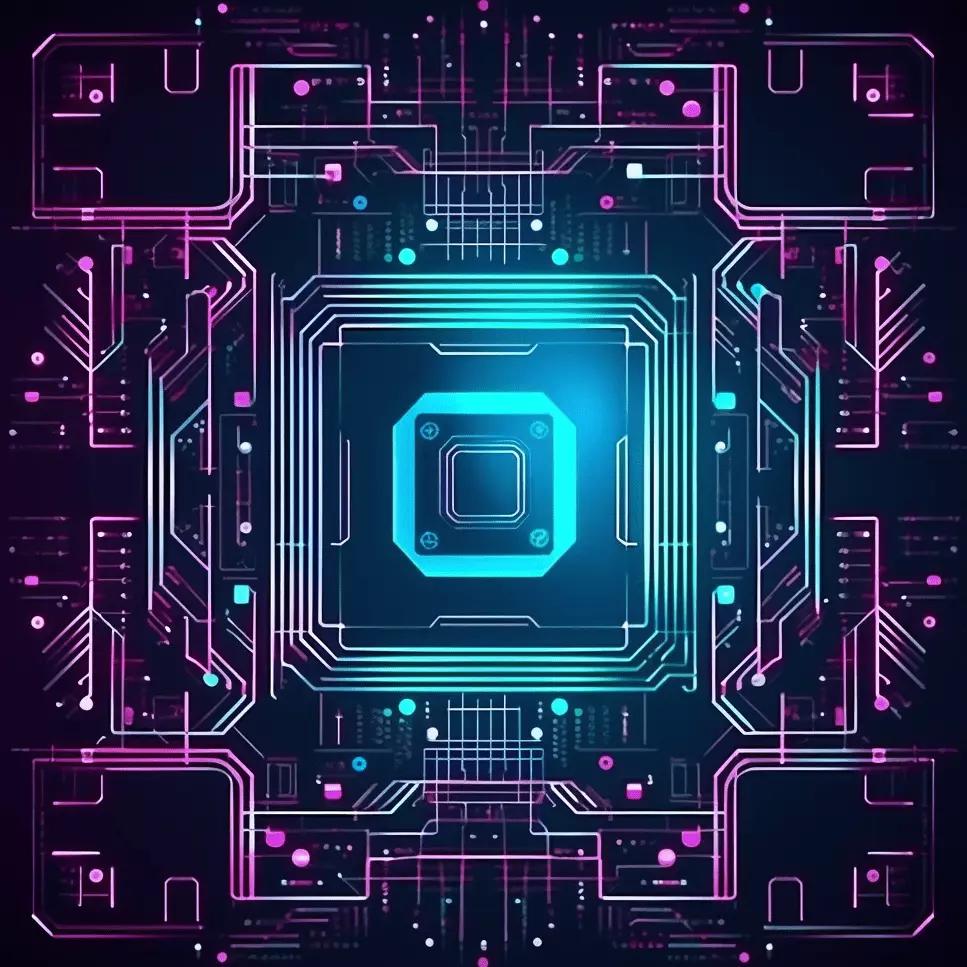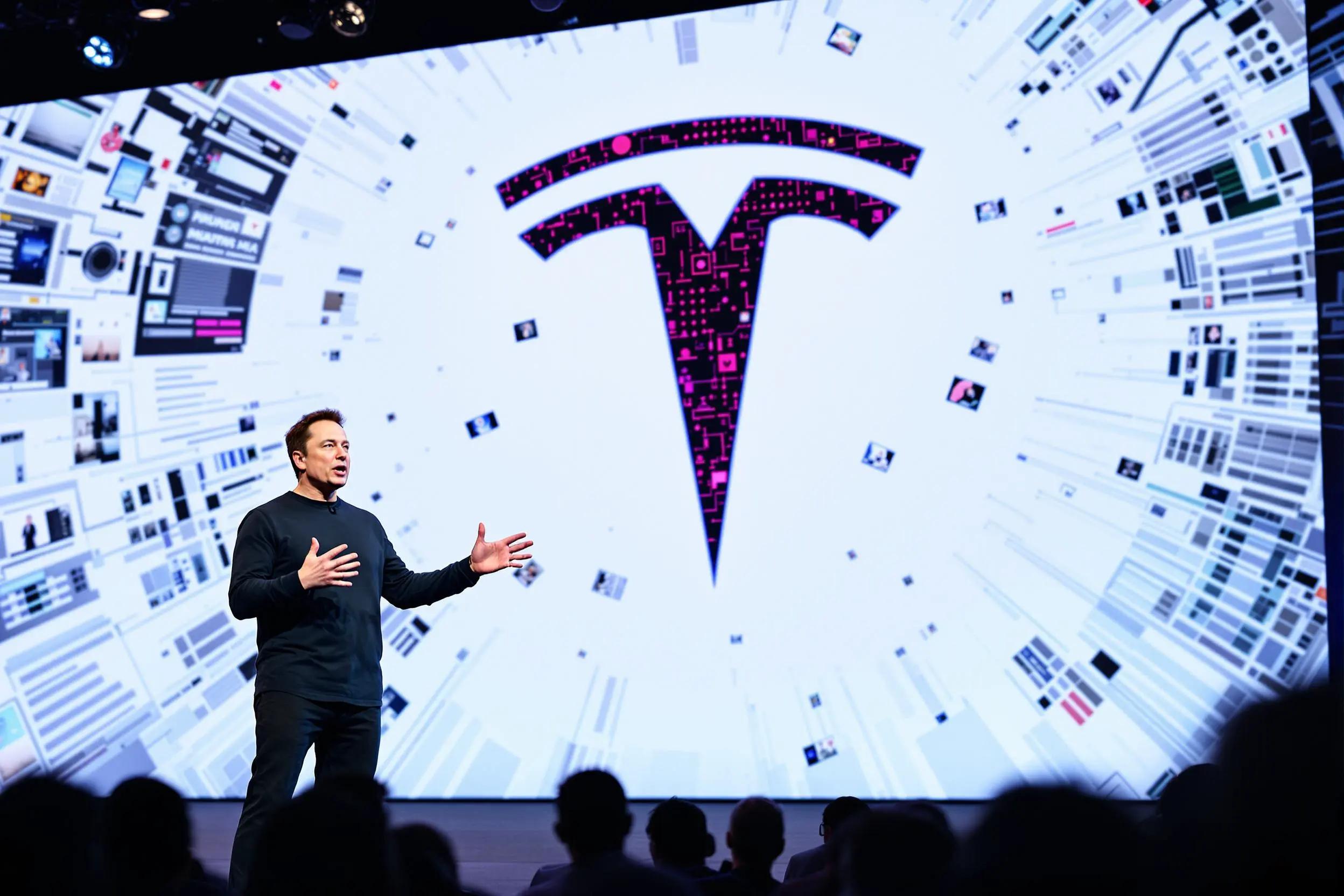July 14, 2023|2 min reading
Bard vs ChatGPT What's the difference

In the battle of AI-generated content tools, OpenAI's ChatGPT and Google's Bard have emerged as prominent competitors. ChatGPT gained widespread popularity since its launch in November 2022, while Bard is Google's answer to the AI chatbot trend. Despite sharing similar functions, there are key distinctions between the two.
ChatGPT, powered by OpenAI, is an AI chatbot that uses machine learning to engage in conversational dialogue. It employs the GPT-3.5 language model, trained on human-created text from the internet, to generate responses to user queries. ChatGPT is widely used for various purposes, such as code writing, product descriptions, blog posts, email drafts, and social media content.
On the other hand, Bard, developed by Google, is an AI chatbot that leverages natural language processing and machine learning to simulate human conversations. Bard utilizes the PaLM 2 (Pathways Language Model), an advanced language model that excels in common sense reasoning, logic, and mathematics. It aims to provide detailed answers and assist with tasks like vacation bookings and meal planning.
While both ChatGPT and Bard offer conversational AI capabilities, there are notable differences. Bard draws information directly from the internet, providing up-to-date data and research, while ChatGPT's sources are limited to data available up until 2021. Bard's model is faster and better suited for research, while ChatGPT excels in writing and offers integration with popular sites and apps.
It is still early to determine which chatbot is superior, as both are continuously being trained and improved based on user feedback. Bard is favored for its research capabilities and real-time information, while ChatGPT is praised for its writing prowess and integration options. Other AI content generators, such as ChatSonic, Jasper, Open Assistant, and Wordtune, along with Baidu's Ernie Bot, are also worth exploring in the realm of generative AI.
As AI continues to evolve, its applications in marketing, customer service, email optimization, product recommendations, and social media posts are expanding, shaping the future of AI-powered technologies.
Explore more

Elon Musk’s Vision: AI, Mars, and a Future of Abundance
Explore Elon Musk’s predictions on AI, Tesla’s Robotaxi plans, Starship’s Mars mission, and the role of robots in a futu...

Black Forest Labs Launches API for Faster Image Generation with Flux1.1 Pro Model
Black Forest Labs unveils its Flux image generator API, providing developers fast, high-quality image generation options...

WebFill: The Ultimate AI Tool for Form Filling, Surveys, and Data Entry
Explore WebFill, an AI-driven tool for automated form filling, survey completion, and data entry. Discover its powerful ...
